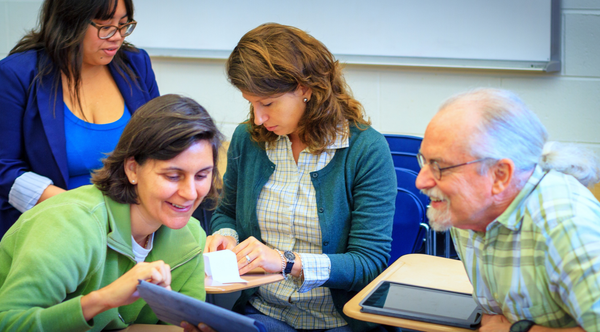10 Proven Summative Assessment Strategies for the Classroom

Summative assessments are a cornerstone of effective teaching and learning. They help educators evaluate student learning at the end of a lesson, unit, or course, providing insight into what students have mastered and where gaps remain. But summative assessment doesn’t have to mean a one-size-fits-all exam.
By incorporating a variety of summative strategies into your classroom, you can offer students multiple ways to demonstrate their knowledge—creatively, critically, and meaningfully. These 10 classroom-tested strategies help measure learning in diverse, engaging, and inclusive ways, far beyond the standard test.
1. Cumulative Projects
These allow students to synthesize and showcase their learning across an entire unit or course. Whether it’s a video documentary, a research paper, or a digital infographic, cumulative projects foster creativity and critical thinking. Ideal for: Encouraging depth, ownership, and interdisciplinary connections.
2. Standardized Testing
Standardized assessments offer consistent metrics across student groups, making them useful for system-level comparisons. However, they’re best used in moderation and should be paired with other methods to create a more comprehensive learning profile. Tip: Prep students with aligned instruction, but avoid "teaching to the test."
3. End-of-Term Portfolios
A portfolio is a curated collection of a student's work that showcases progress, mastery, and even their personality. Students can include essays, artwork, lab reports, and self-reflections. Why it works: It captures both content knowledge and learning growth over time.
4. Final Presentations
Presentations provide students with a platform to explain their learning in their own words, both visually and verbally, or through multimedia. They develop confidence, clarity, and audience awareness. Use in: Language arts, social studies, STEM, and cross-curricular settings.
5. Capstone Projects
These long-term, self-directed projects ask students to explore real-world problems or personal interests in depth. They’re a hallmark of mastery and synthesis. Best suited for: Advanced learners or upper secondary students, where critical inquiry is a primary focus.
6. Written Reflections
Reflection activities, such as journal entries or essays, ask students to articulate what they’ve learned and how they’ve grown. Benefit: Fosters metacognition and reinforces learning by making it personal and purposeful.
7. Traditional Exams
Well-designed tests continue to serve a vital role in efficiently assessing knowledge. They can range from multiple-choice and true/false questions to short-answer and essay questions. Keep in mind: Exams should align directly with your learning objectives to stay valid and fair.
8. Performance-Based Tasks
These are hands-on assessments where students apply skills in real-time, like conducting experiments, role-playing scenarios, or solving practical problems. Effective in: Science labs, drama classes, vocational training, and project-based curricula.
9. Online Quizzes and Digital Assessments
Digital tools offer fast feedback and data tracking. Platforms like Google Forms, Quizizz, and Atomic Jolt's own assessment tools make quizzes interactive and easy to manage. Great for: Quick check-ins, exit tickets, or summative reviews.
10. Peer and Self-Assessments
When students assess themselves or their peers, they develop critical thinking and a deeper understanding of learning goals. Best practice: Use structured rubrics and teach students how to give constructive, respectful feedback.
Summative assessments should do more than measure learning—they should validate it, honor it, and make it visible. By diversifying the ways students can demonstrate mastery, you foster deeper engagement, equitable learning opportunities, and long-term retention.
Looking to streamline your summative assessments with easy-to-use digital tools? Explore how Atomic Assessments can help you design engaging, standards-aligned assessments that go beyond the bubble test.
Want to see Atomic Assessments in action? Schedule a personalized demo:



